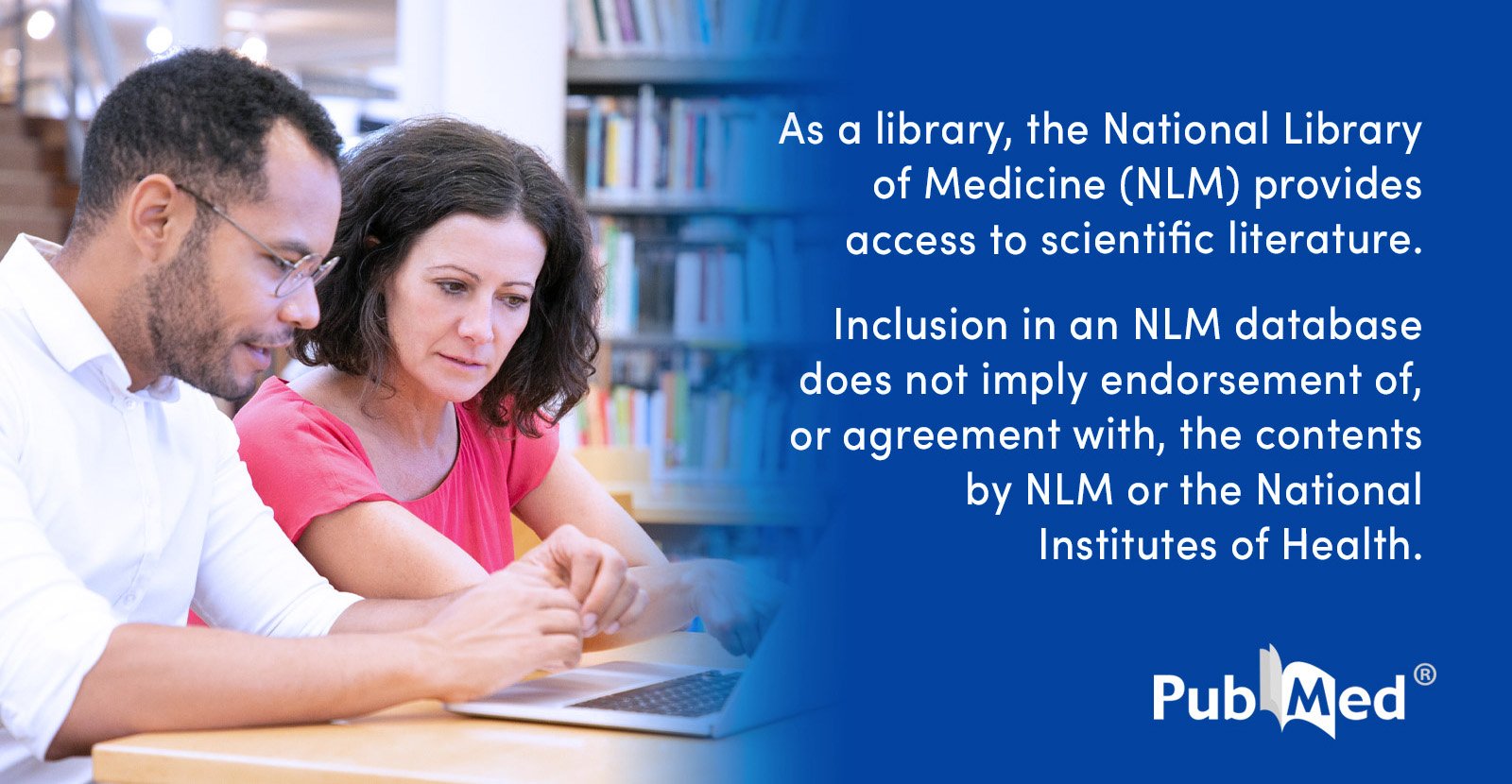- Alan Hartford (Dartmouth) kicked it off by essentially saying, "the weather sure is nice, why are you all worried about the climate?" After all, a survey said there are lots of jobs from the people in charge of residency programs. Not a strong start.
- Dr. Hartford then said his program opened 5 or 6 years ago and they have had to SOAP at least once and yet, they make great radiation oncologists
- Dr. Hartford really knocked it out of the park when he compared online discussions (i.e. SDN) to "Russian collusion" and that outreach, including outreach to MS1s and undergrads at Dartmouth, might help turn things around
*sigh*
Not to throw stones at Dartmouth, an oft-punched bag here on SDN, but really?
Dr Hartford: please provide your operational definition of a "great Radiation Oncologist". Your program has, at most, produced no more than one or two attending Radiation Oncologists.
Those attendings have, at most, been practicing for one or two years.
I assume I'm being generous with these estimates.
I think it's reasonable to say that there is simply no way we can know, for certain, that ANYONE is a "great" doctor in ANY specialty after only 1-2 years in independent practice. Being a "great" undergrad does not always translate into being a "great" medical student, being a "great" medical student does not always translate into being a "great" resident, and being a "great" resident does not always translate into being a "great" attending. Additionally, your definition of "great" might not be the same as my definition of "great".
This really gives off some used-car-salesman vibes. Dear people in this specialty with some grey hair and memories of "how it used to be": it's OK to acknowledge the situation on the ground. The practice of Radiation Oncology is different than the economics of Radiation Oncology. You can love the medicine and recognize the systemic issues. Saying "hey, maybe we're training too many folks" is NOT the same as saying "wow I hate Radiation Oncology".
The quicker everyone realizes this false dichotomy, the quicker we can get on the road to recovery.



